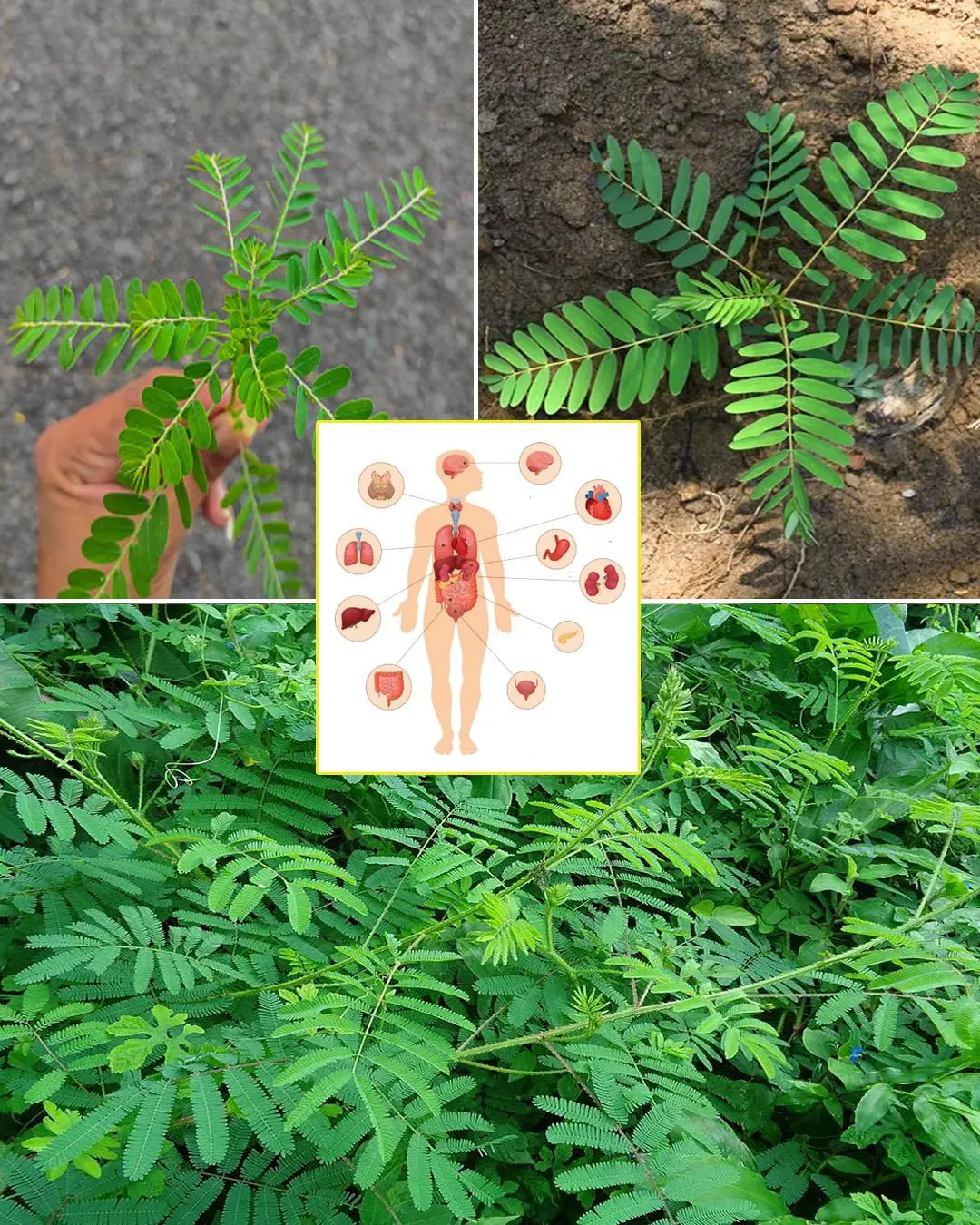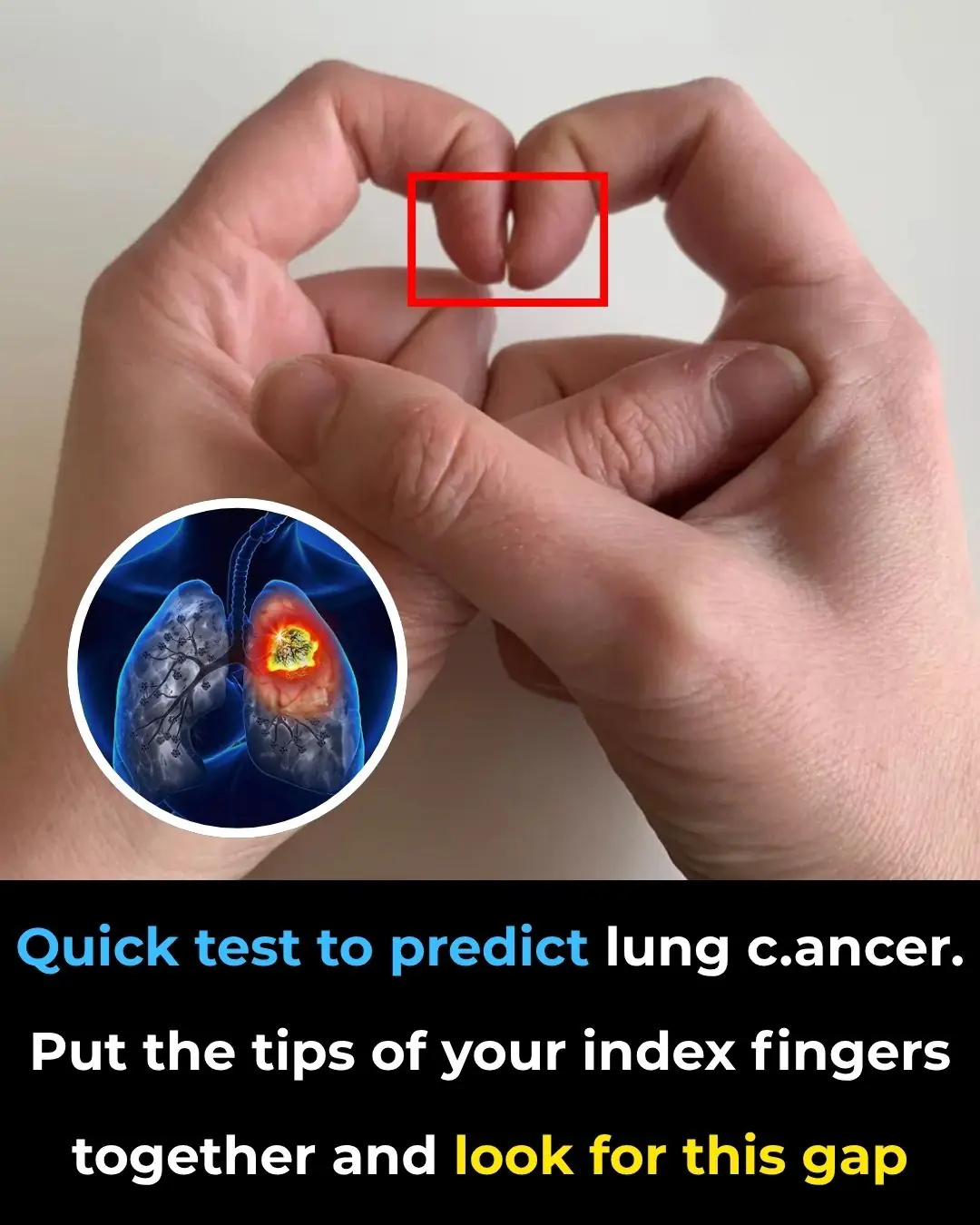
Researchers Turn Festival Wristbands into a Shield Against Drink Spiking

A Bracelet That Can Save a Night: How Simple Chemistry Is Changing the Fight Against Drink Spiking
At a crowded festival or a dimly lit nightclub, a drink can shift from celebration to danger in a matter of seconds. Across Europe—and increasingly around the world—reports of spiked beverages have been climbing, turning nights of joy into trauma. Many victims never receive justice, and the reason is as technical as it is tragic: the drugs most often used in these assaults vanish from the body in just a few hours, erasing the very evidence needed to prove the crime.
Now, researchers from Portugal and Spain believe they’ve found a way to intervene before harm occurs. Their innovation looks almost ordinary, like something you might pick up at the entrance to a concert. Yet hidden inside is a life-saving technology: a bracelet that lets partygoers instantly test their drinks for dangerous substances—no lab, no waiting, no special training required.
The Science of Detection
The concept is deceptively simple but grounded in advanced chemistry. The bracelet’s inner surface is made of a paper-like material embedded with miniature chemical sensors. When even a small drop of liquid touches the surface, the bracelet reacts almost instantly, producing a visible color change that indicates the presence of certain drugs. This process relies on colorimetric chemistry, a laboratory method that detects compounds based on color shifts caused by specific molecular interactions.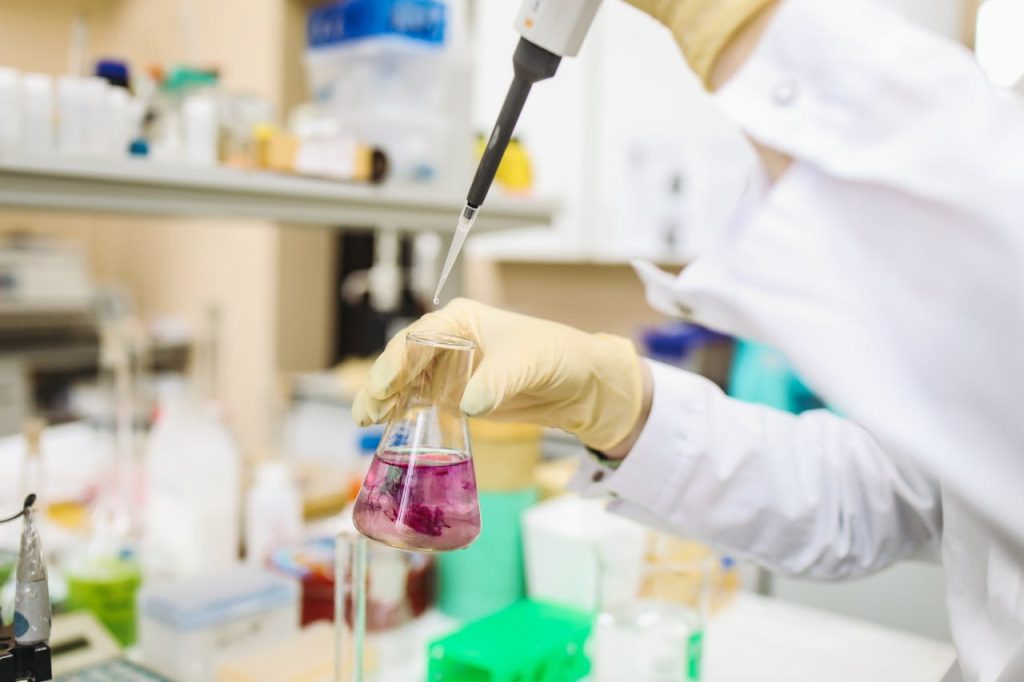
In this case, the sensors have been carefully tuned to recognize a family of substances commonly used in drink spiking: gamma hydroxybutyrate (GHB), scopolamine, ketamines, methamphetamines, and cathinones. These drugs are chosen because they can sedate, disorient, or render a person unconscious without a noticeable taste or smell.
A single drop from a drink is enough for testing, but the bracelet can also pick up traces from a fingertip or even from moisture left on the rim of a glass. It can be used multiple times over five days or until it registers a positive result. Within seconds, it delivers a clear, visible warning.
As Professor Carlos Lodeiro Espiño explains, “It’s not a gadget; it’s a personal shield. The idea is to empower people to test their environment as naturally as they check their phone.”
The bracelet builds upon a decade of research into rapid, paper-based biosensors, where selective reactions produce visual cues readable by the naked eye. Studies confirm that such systems can detect trace amounts of GHB and related compounds in complex mixtures like cocktails or beer, supporting the choice to rely on simple color shifts in noisy, low-light environments.
Still, the technology has limitations. Some drinks, such as those containing certain dyes, fruits, or strong acids, can interfere with readings. And while the bracelet is a powerful preventive tool, its results are not yet admissible in court. Laboratory testing remains the gold standard for evidence collection. The creators emphasize that the bracelet is designed to prevent incidents, not prove them.
Why This Bracelet Matters
Drug-facilitated sexual assault (DFSA) involves the deliberate use of drugs or alcohol to incapacitate a victim, removing their ability to consent. Common agents include GHB and its precursor GBL, benzodiazepines, and anesthetics like ketamine. These substances can cause sedation, confusion, amnesia, and loss of coordination—leaving victims unable to recall what happened or even realize that an assault occurred.
Measuring the true scale of DFSA is difficult. Victims may delay reporting, and forensic windows are short. GHB, for example, may disappear from the bloodstream within six hours and from urine within twelve, though some specialized approaches aim to extend that detection period. Alcohol, often present alongside other substances, further complicates interpretation.
The broader social context is equally stark. According to the European Union Agency for Fundamental Rights, about one in three women in the EU has experienced physical or sexual violence. Drink spiking incidents are part of this continuum of gender-based harm, making prevention in nightlife spaces a public health and human rights issue—not merely a security concern.
From Lab to Nightlife: Deployment, Pricing, and Early Results

Developed through collaboration between NOVA University Lisbon (FCT NOVA), the University of Valencia, and Celentis, the bracelet has already moved from lab prototypes to real-world trials. The team has secured patents and published peer-reviewed studies confirming the device’s functionality. Commercial rollout has begun in Spain, with Portugal next in line.
Rather than relying solely on individual sales, the project focuses on partnerships with event organizers, municipalities, and NGOs promoting safer nightlife programs. Early deployments have taken place at large-scale concerts and summer festivals in Spain and Portugal—settings where thousands of people gather, and quick preventive tools are crucial.
Pricing is intentionally accessible: about $3 to $5 per unit, with multipacks bringing the cost down to under a dollar a day. Developers hope public subsidies will further reduce costs, especially during high-risk seasons.
Early data are encouraging. In Valencia, reports of attempted intoxication dropped to nearly zero after the introduction of the bracelets. A second-generation version is now under development, aiming for formal recognition by law enforcement agencies across Europe. Portuguese authorities are also exploring pilot programs that would integrate the bracelets into official prevention campaigns and possibly allow their results to support police reporting.
Staying Safe in Social Spaces

Technology alone cannot eliminate risk—but awareness and shared vigilance can make a measurable difference. Safety experts stress a few consistent guidelines:
-
Keep control of your drink. Buy it yourself, watch it being poured, and never leave it unattended.
-
Use detection tools as backup. Whether it’s a bracelet, strip, or coaster, these tools can help but are not foolproof.
-
Watch for symptoms. Sudden dizziness, confusion, or memory gaps after minimal drinking are red flags—seek help immediately.
-
Look out for friends. The “buddy system” may seem simple, but it works. Agree to check in and leave together.
-
Report suspicious activity. Trust your instincts; small observations can protect others too.
These habits, combined with tools like the detection bracelet, create a layered defense that makes social spaces safer for everyone.
Shaping the Culture of Nightlife Through Innovation
Nightlife culture is evolving. What once centered purely on music and freedom now includes wellness, inclusivity, and responsibility. In Spain and Portugal, the bracelet is not just a piece of technology—it’s becoming a symbol of proactive safety, visible proof that venues take protection seriously.
This mirrors a wider trend in global event management. Just as festivals now advertise sustainability and diversity, they are beginning to highlight anti-spiking initiatives as part of their public image. In practice, that means equipping security teams, offering education campaigns, and distributing safety wearables like these bracelets. Over time, such measures could become as standard as bag checks or wristbands for age verification.
The cultural shift is significant. When safety becomes a shared expectation, perpetrators lose the advantage of surprise. The very visibility of deterrent technology can change behavior before crimes occur—a quiet revolution in nightlife safety.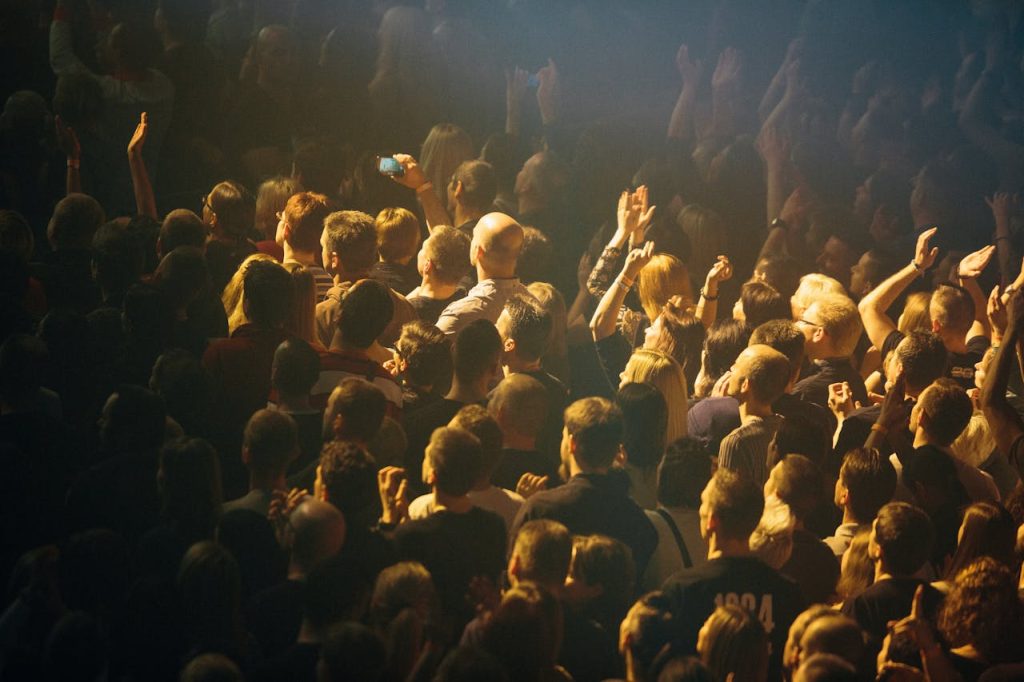
A Future Where Safety Is Part of the Celebration
The bracelet is not a cure-all for drink spiking, but it marks a turning point in how we respond to this hidden form of violence. By giving individuals a simple, fast way to test their surroundings, it transforms awareness into action.
Ultimately, this is about more than chemistry—it’s about redesigning trust in social spaces. Just as festivals embraced eco-friendly practices and inclusive design, the next evolution may be safety itself: built into every ticket, every venue, and every celebration.
If this innovation spreads, future generations may grow up expecting that their safety is never optional—and that joy, freedom, and protection belong together on the dance floor.
News in the same category

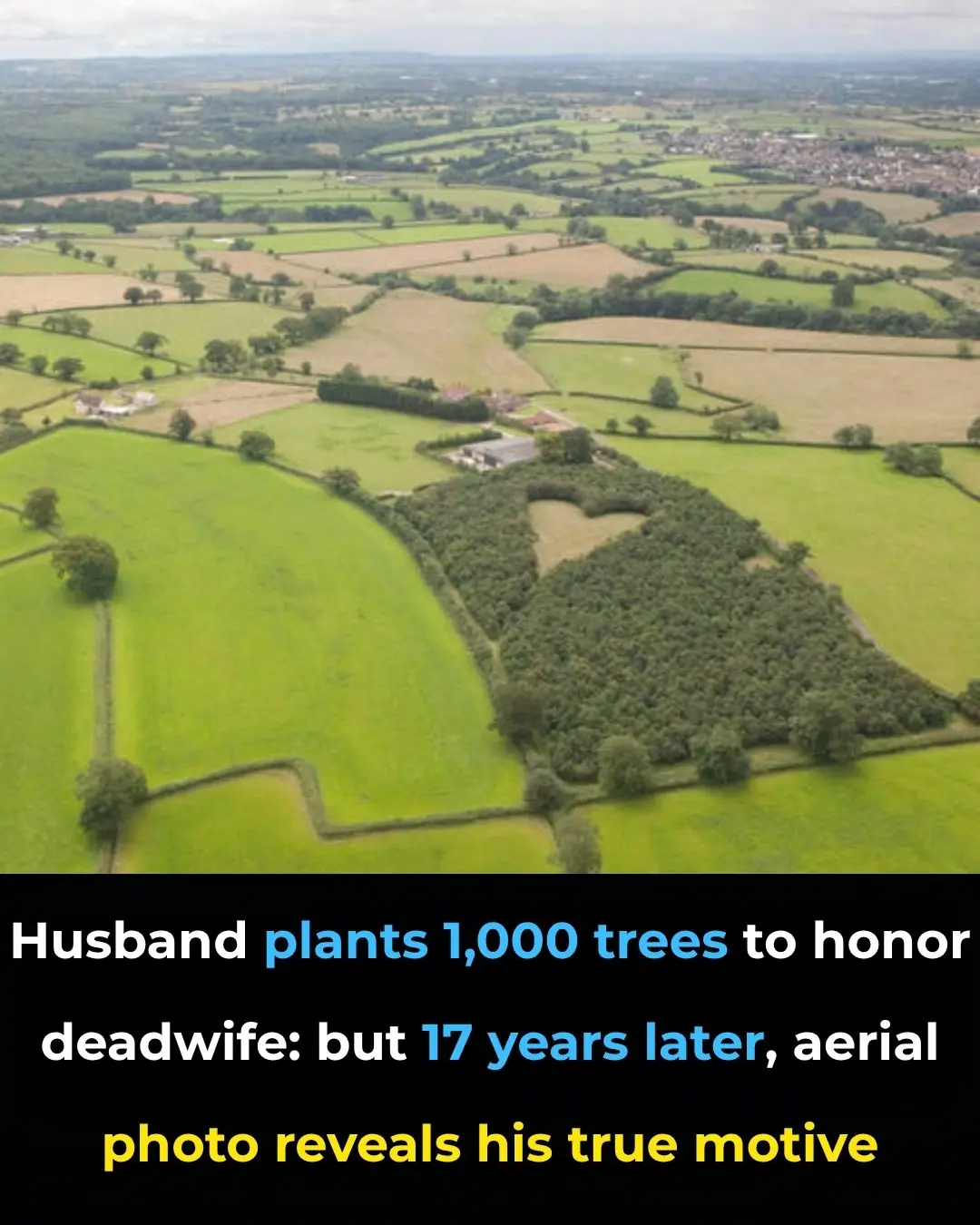
Farmer Plants 1,000 Oak Trees to Create Memorial for Late Wife
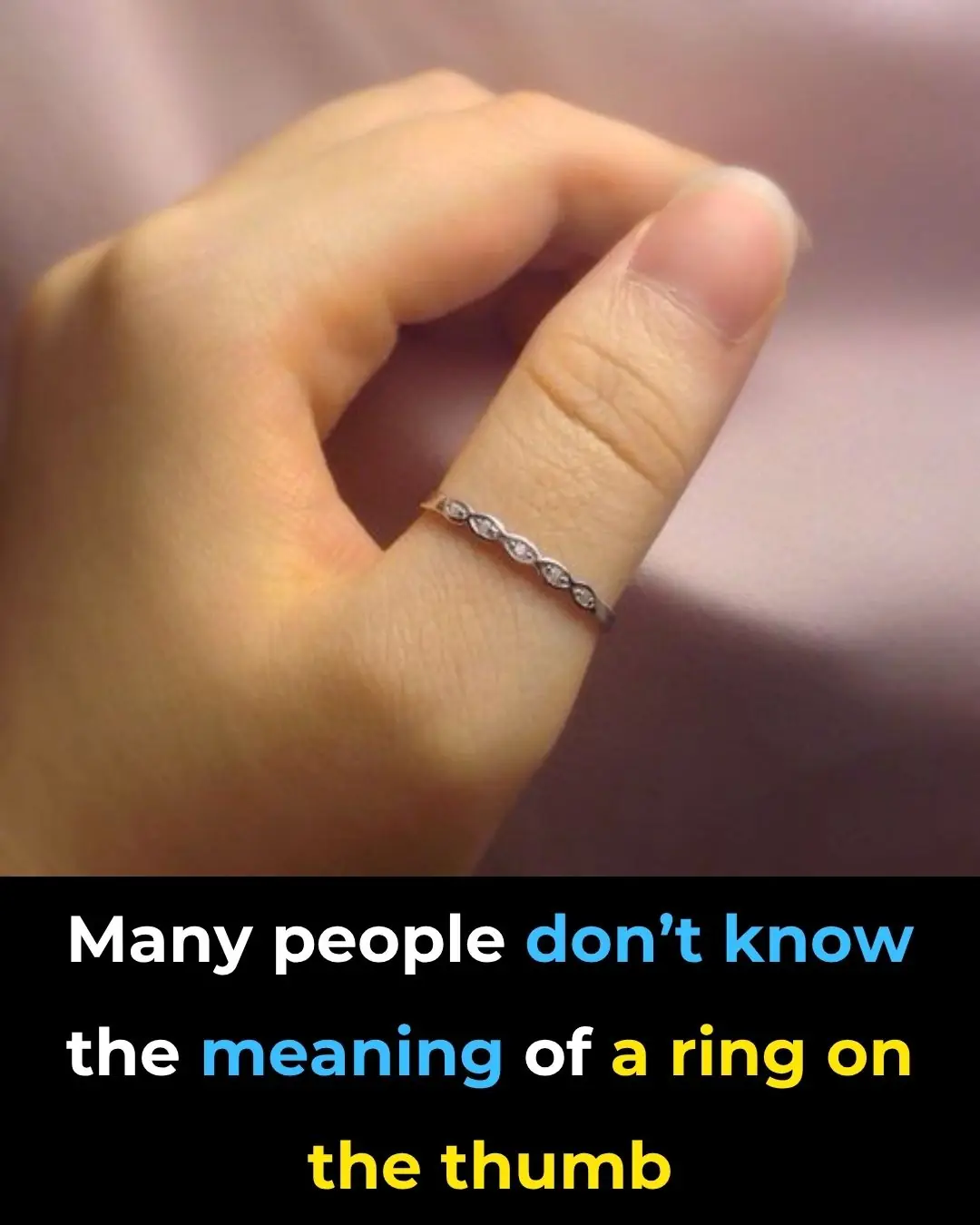
What Does a Thumb Ring Really Mean

Netflix loses eye-watering amount of money following Elon Musk’s call to cancel 'woke' streaming service

Nintendo sues Reddit mod for $4,500,000 in shocking lawsuit
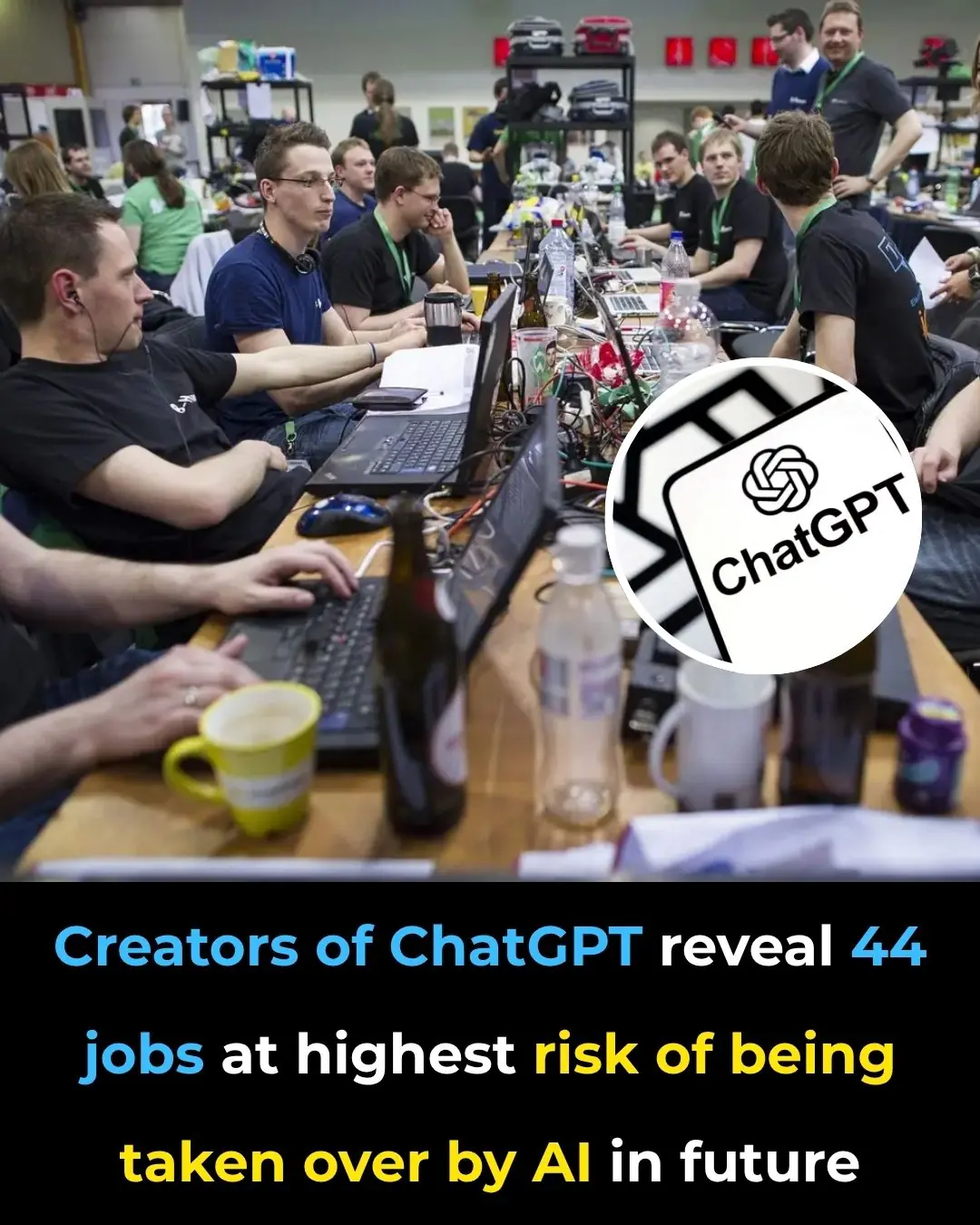
Creators of ChatGPT reveal 44 jobs at highest risk of being taken over by AI in future
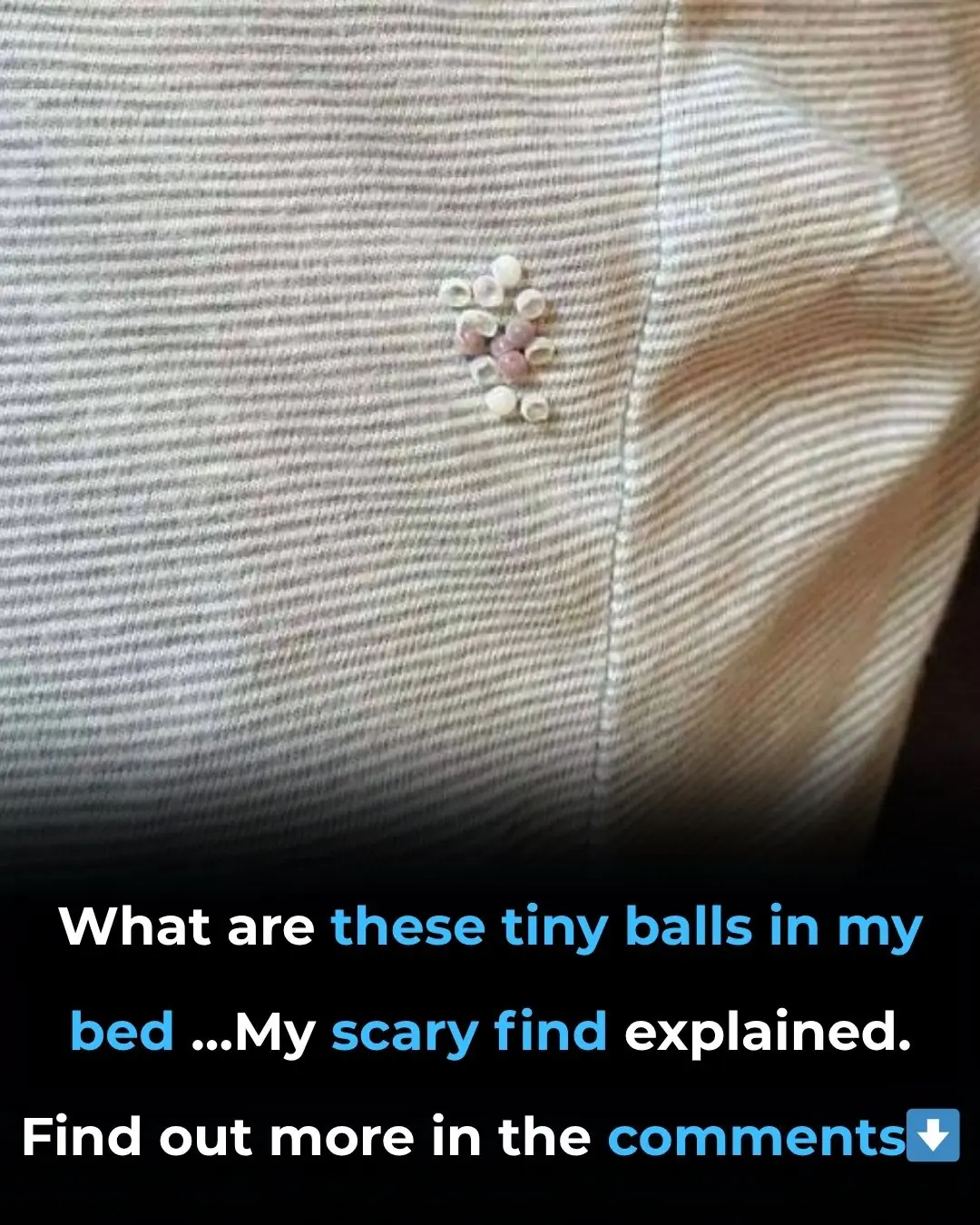
What Are These Tiny Balls in My Bed
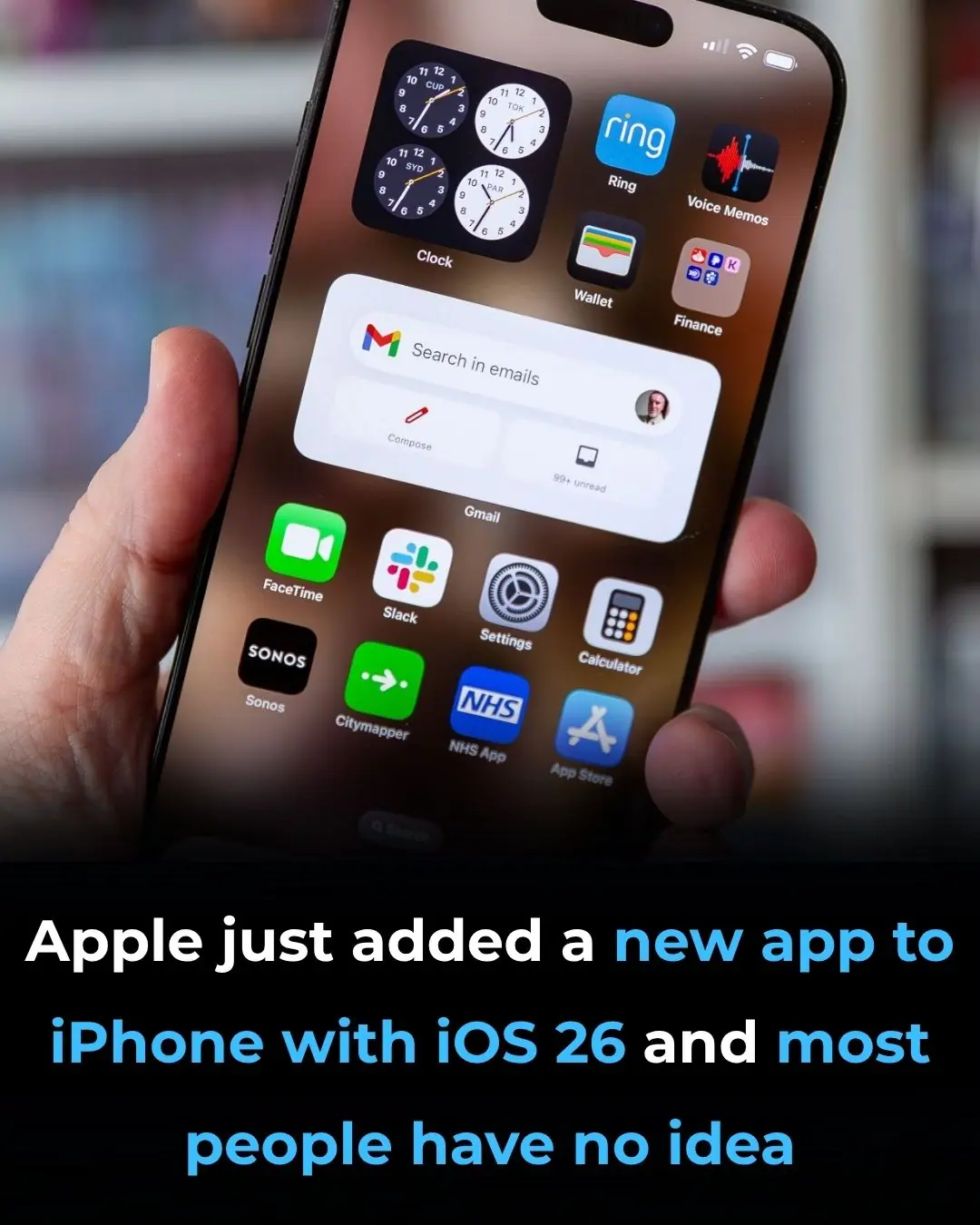
Apple just added a new app to iPhone with iOS 26 and most people have no idea

BREAKING NEWS 🚨 Due To This Draconid Meteor Shower Earth Will Be Badly Effected Because…..See More
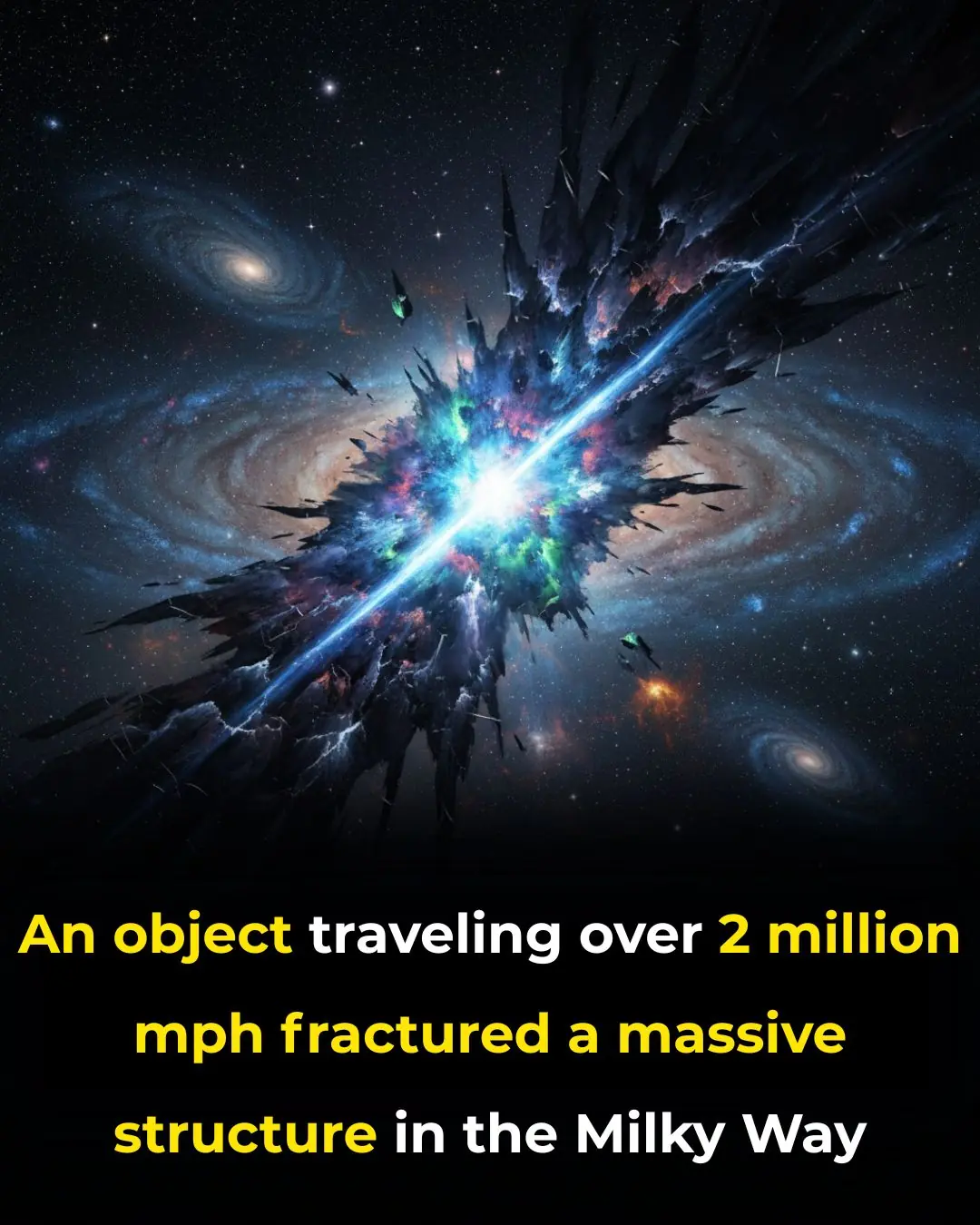
A High-Speed Pulsar Has Cracked the Milky Way’s Magnetic “Bone” — Racing Through Space at 2 Million MPH
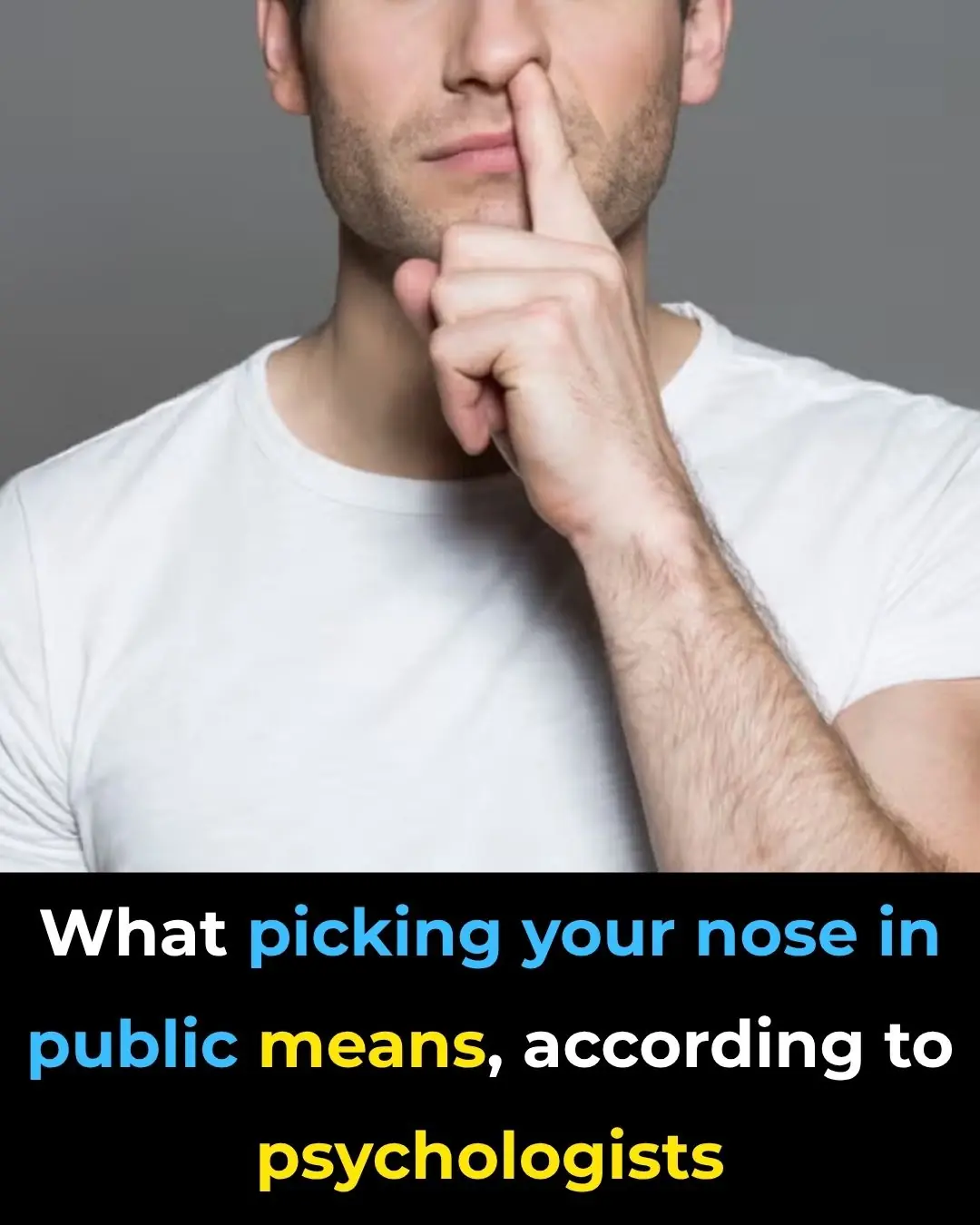
Nose Picking What This Taboo Habit Really Reveals About Us
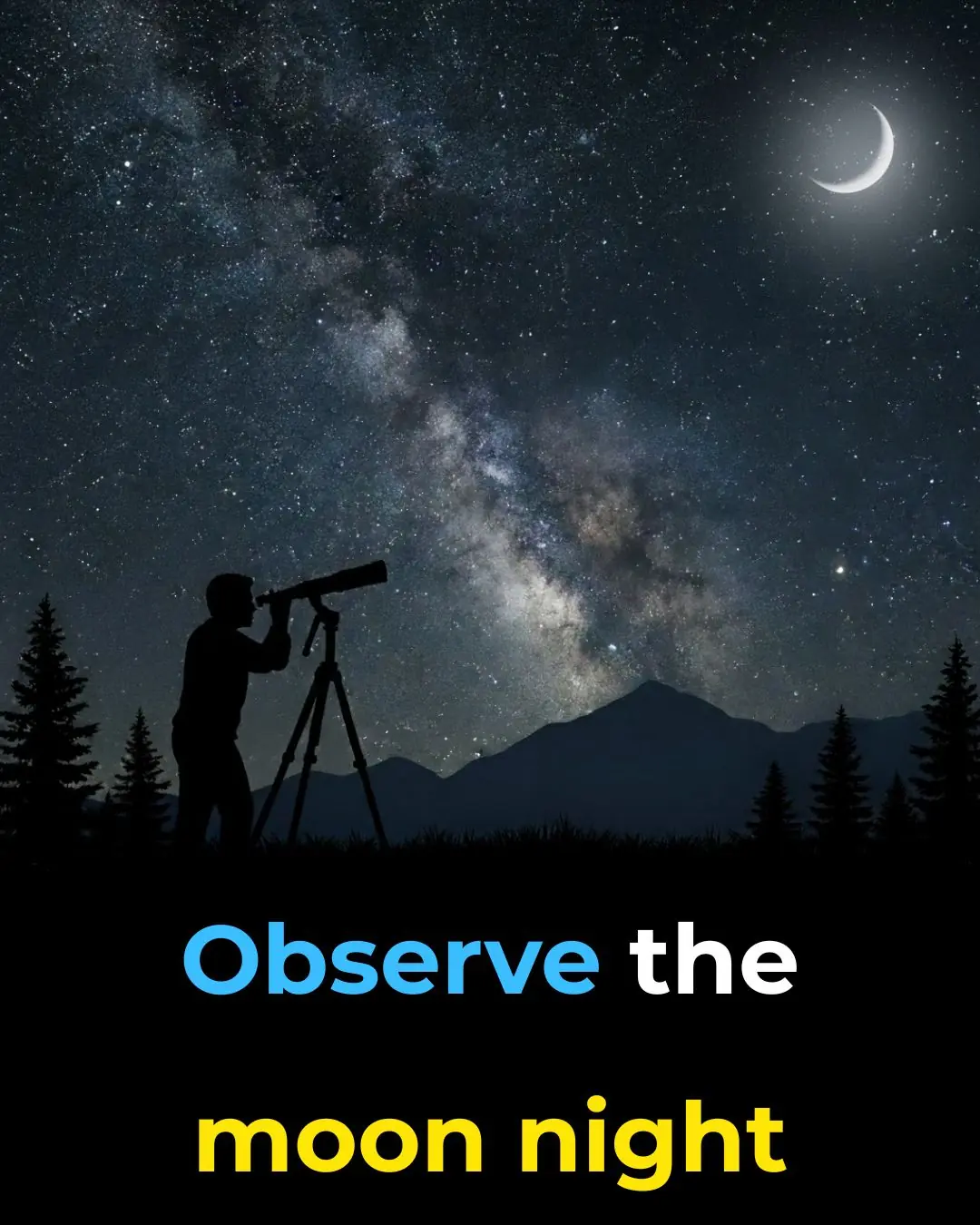
Prime views of the Andromeda Galaxy and Ceres—October 2

Northern Lights Could Dazzle 12 U.S. States This Week — Best Viewing Through Oct. 8
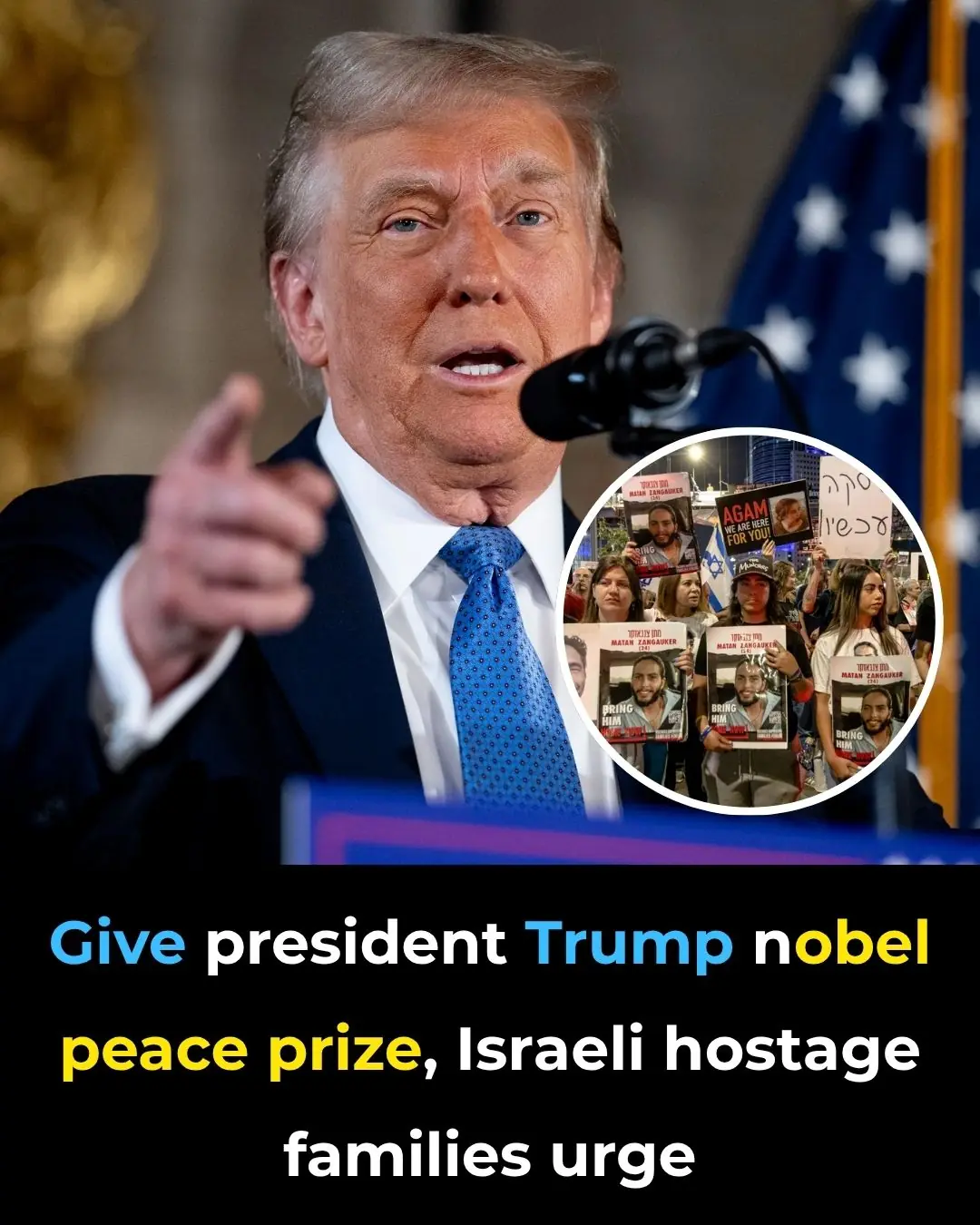
Give President Trump Nobel Peace Prize, Israeli Hostage Families Urge
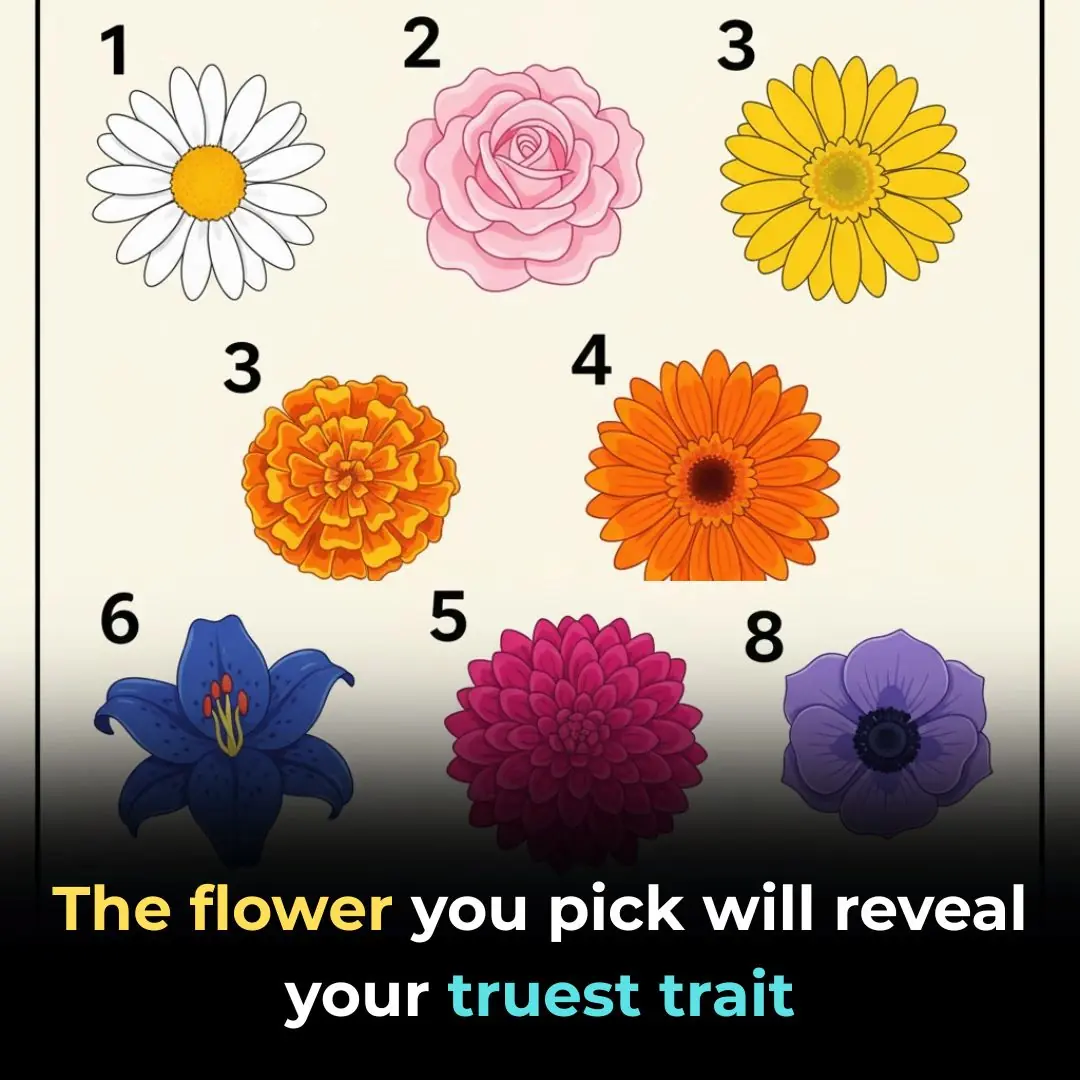
The Flower You Pick Will Reveal Your Truest Trait
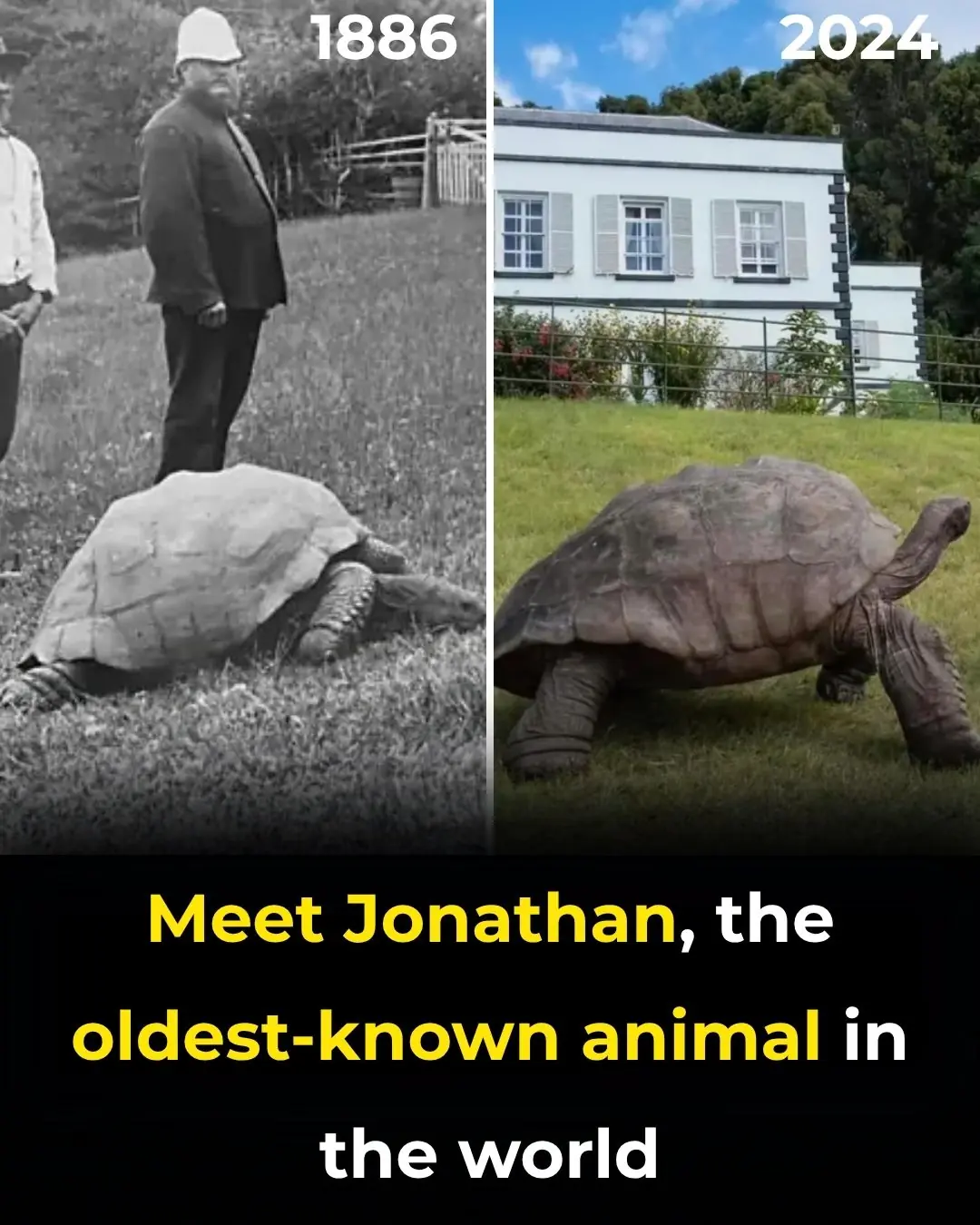
Meet Jonathan, The Oldest-Known Animal In The World

Mind-Blowing Cloud Formations You Probably Haven’t Seen Before

The Best Places to Photograph in Montana

A Thermometer Just Broke At -62°C (-80°F) In The World’s Coldest Village, And The Photos Are Breathtaking
News Post

Growing Wildflowers: A Mother’s Journey Through the Chaos

The Baby in Princess Diana’s Arms
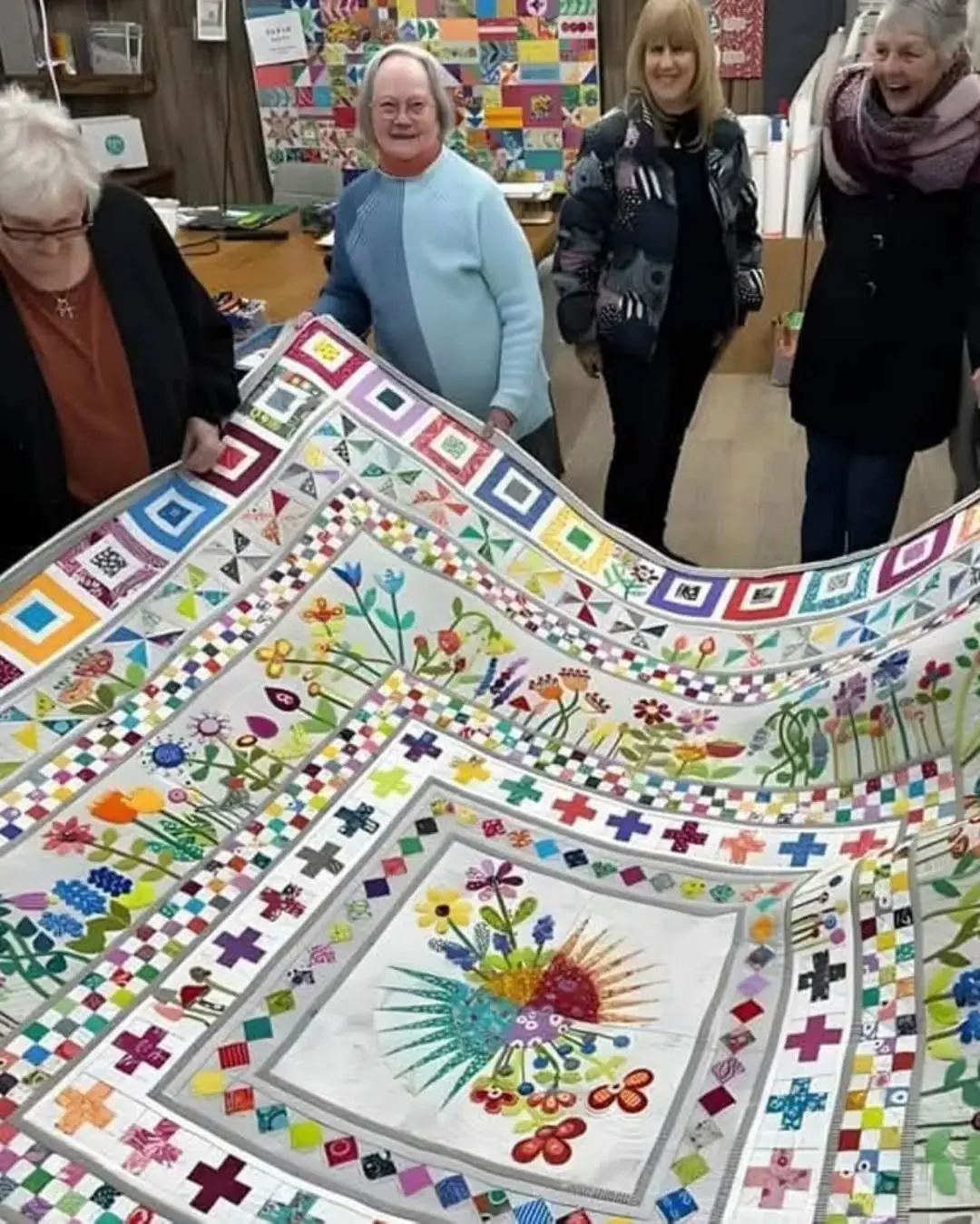
A Lifetime in Bloom: Lois Shows Us What Passion Truly Grows

Farewell to a Giant Soul: Vatsala the Elephant Passes at 100
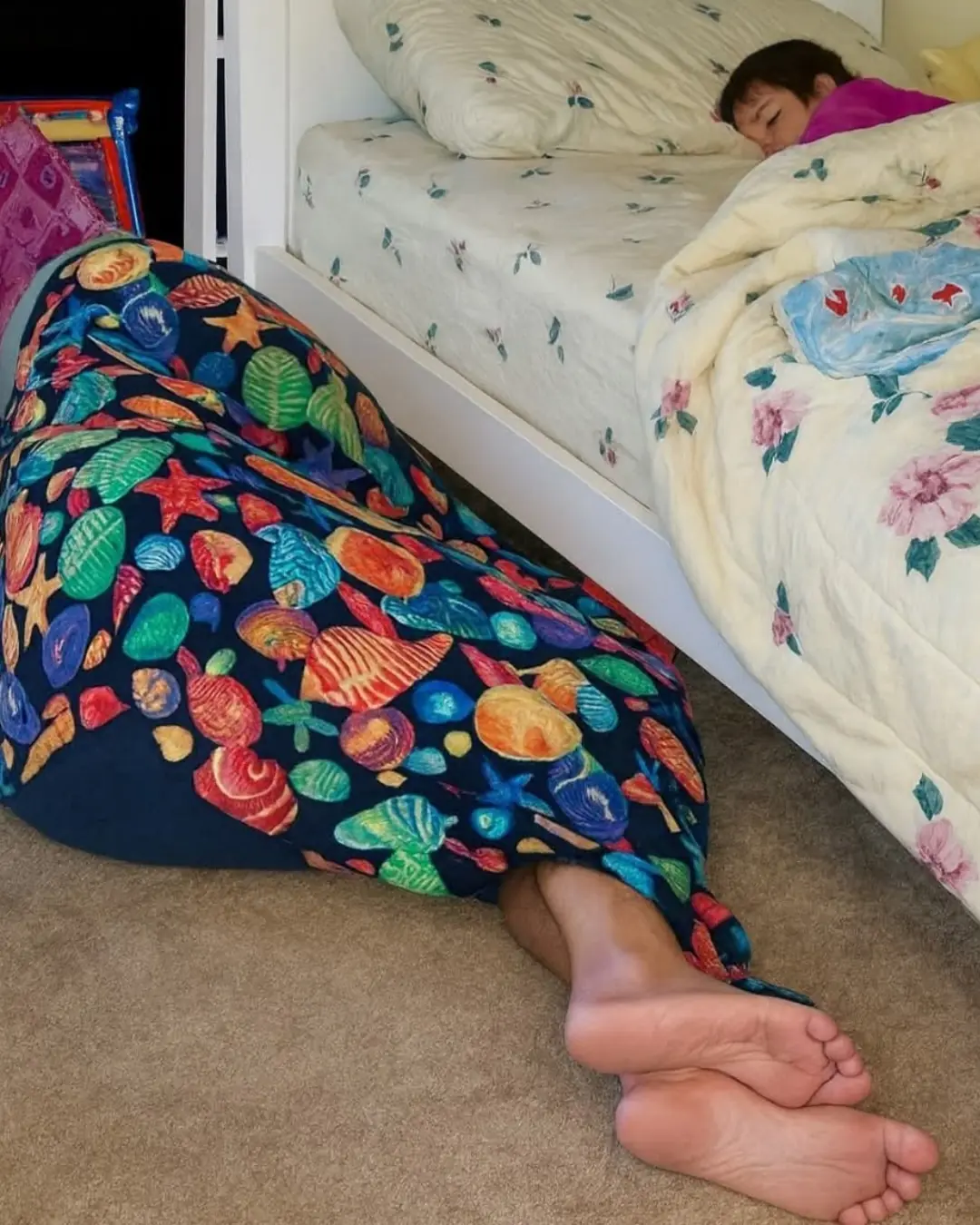
Keeping the Monsters Away: The Quiet Heroism of Foster Parents
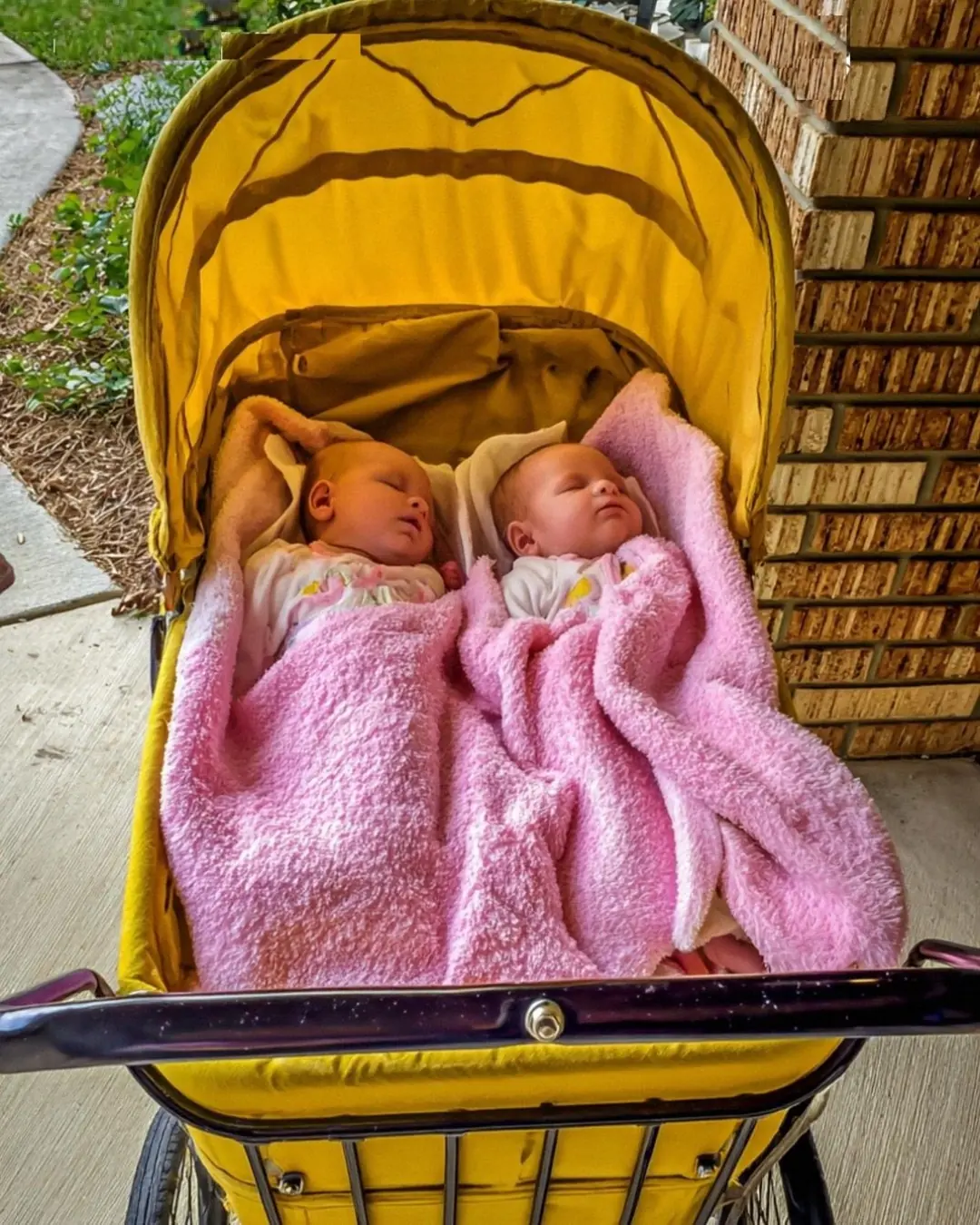
From Sidewalk to Forever: A Daughter’s Choice That Changed Everything
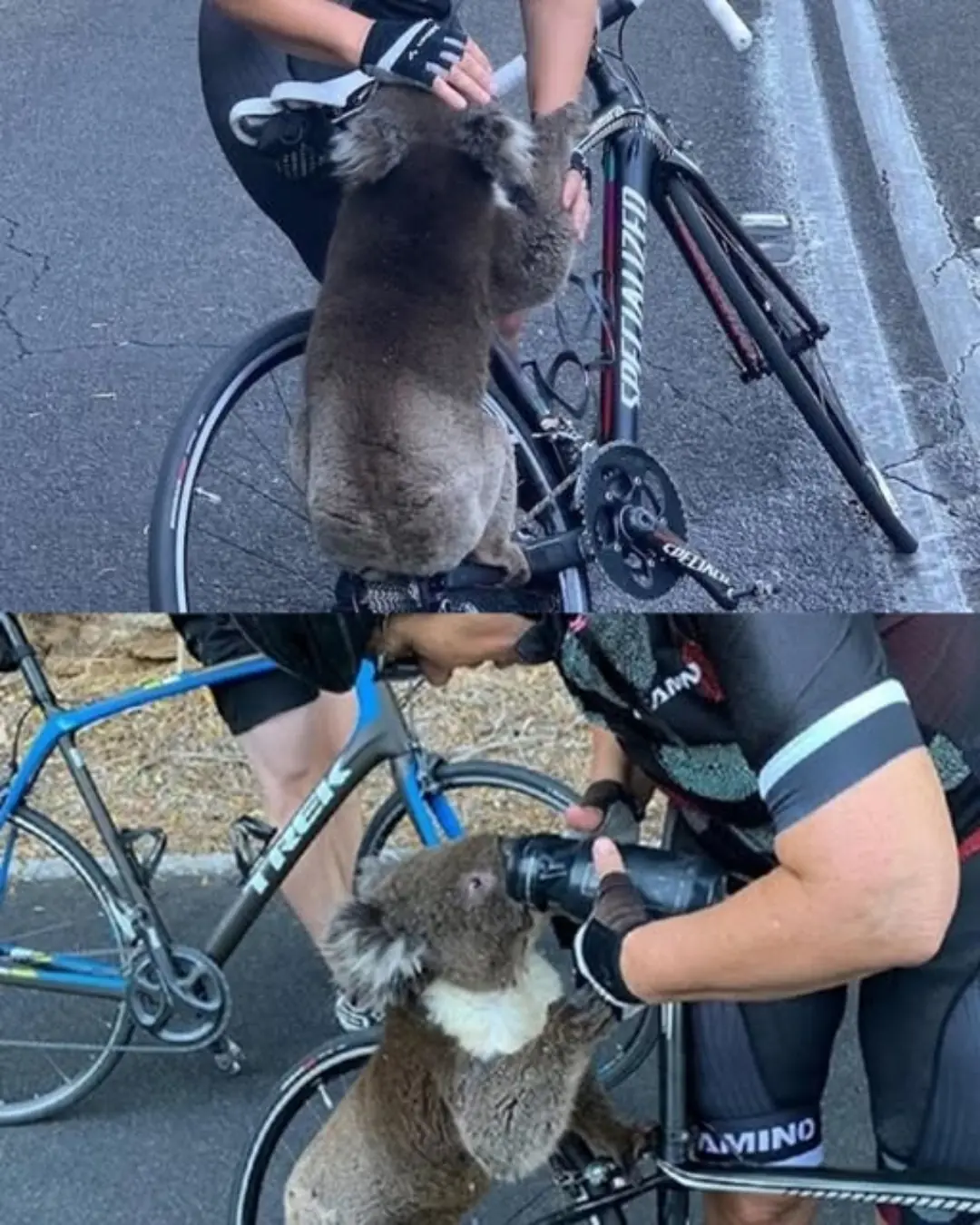
A Thirst for Life: Cyclists Halt Ride to Save Parched Koala in Australia’s Heatwave

An Actor’s Greatest Role: Morgan Freeman Becomes a Guardian of Strays

When a Celebration Became a Goodbye: A Daughter’s Farewell to Her Faithful Companion

Bella the Hero: How a Pit Bull’s Loyalty Saved a Life
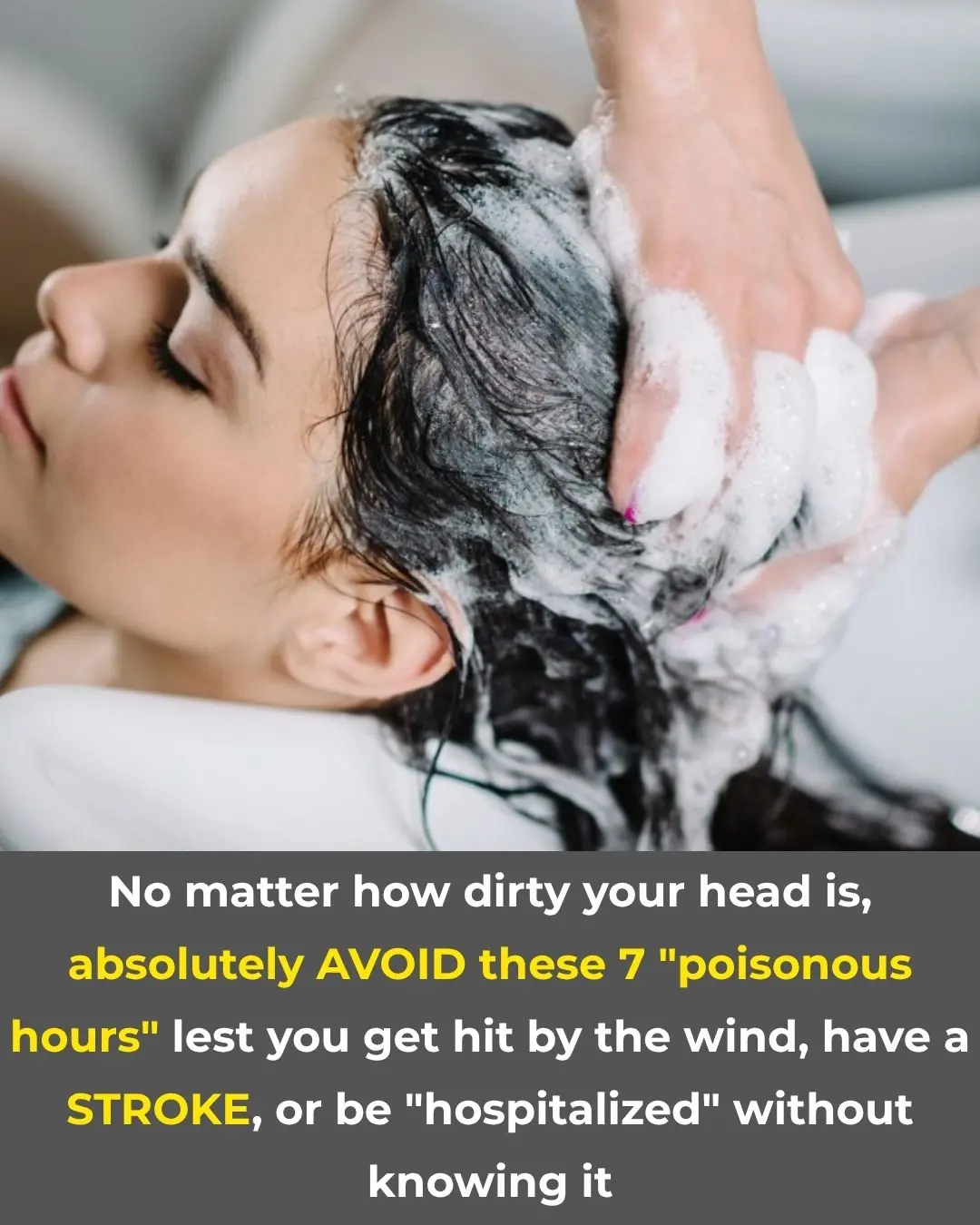
No Matter How Dirty You Are, Absolutely AVOID These 7 “Dangerous Hours” When Washing Your Hair to Prevent Stroke, Sudden Illness, or Hospitalization Without Warning
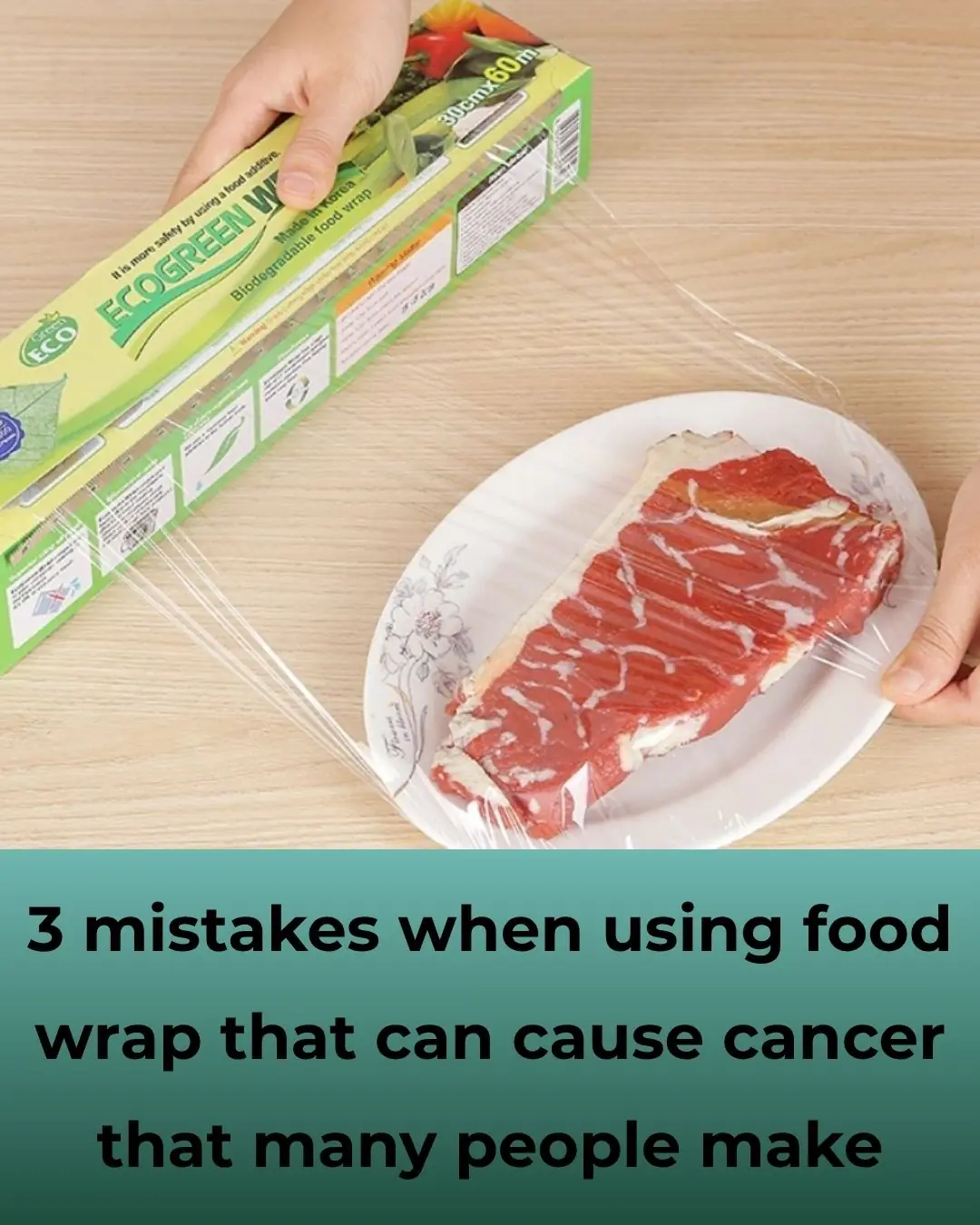
3 Common Mistakes When Using Plastic Wrap That Can Cause Cancer and Are Often Made by Many People
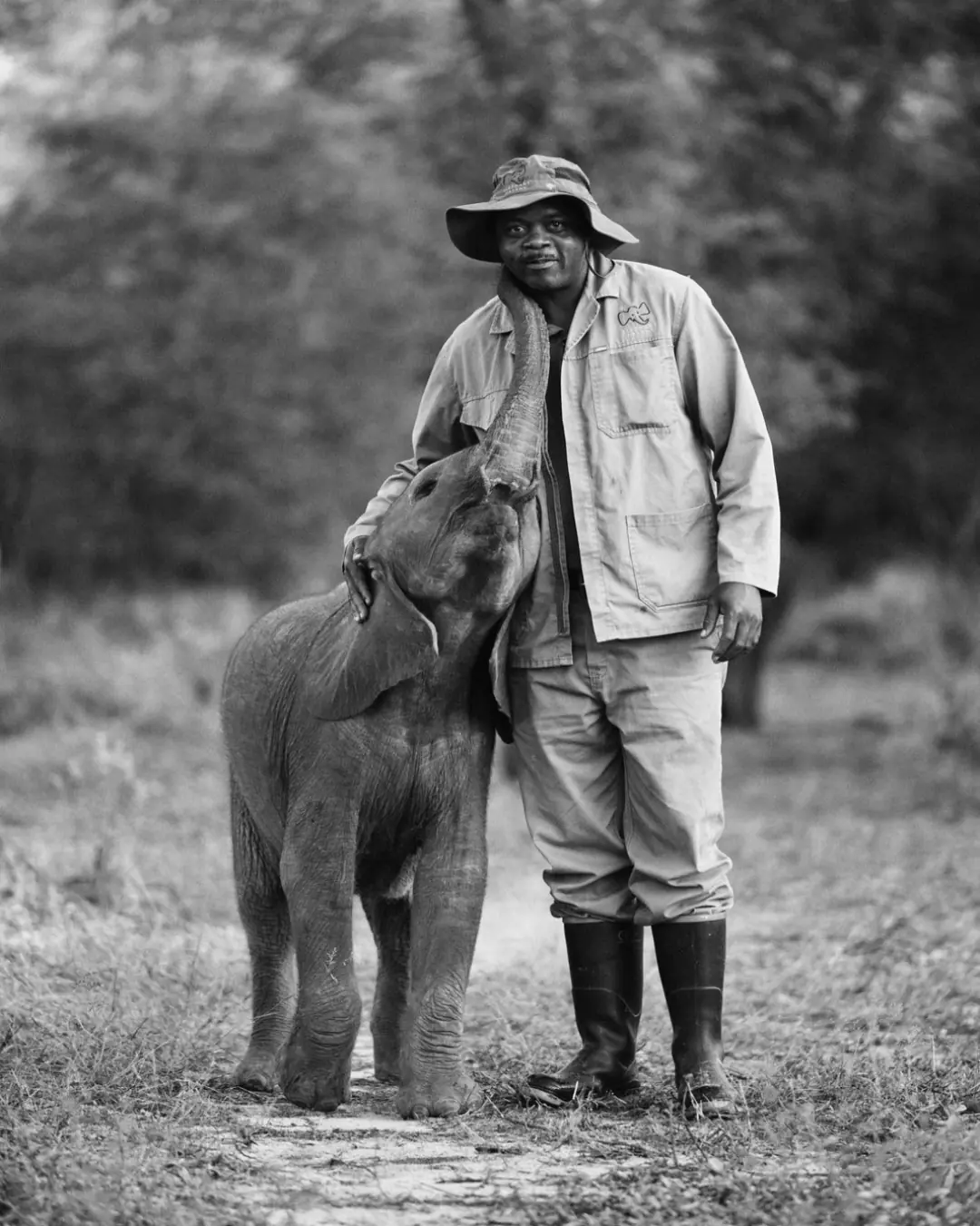
A Kiss from Joy: The Language of Love Between Elephants and Humans
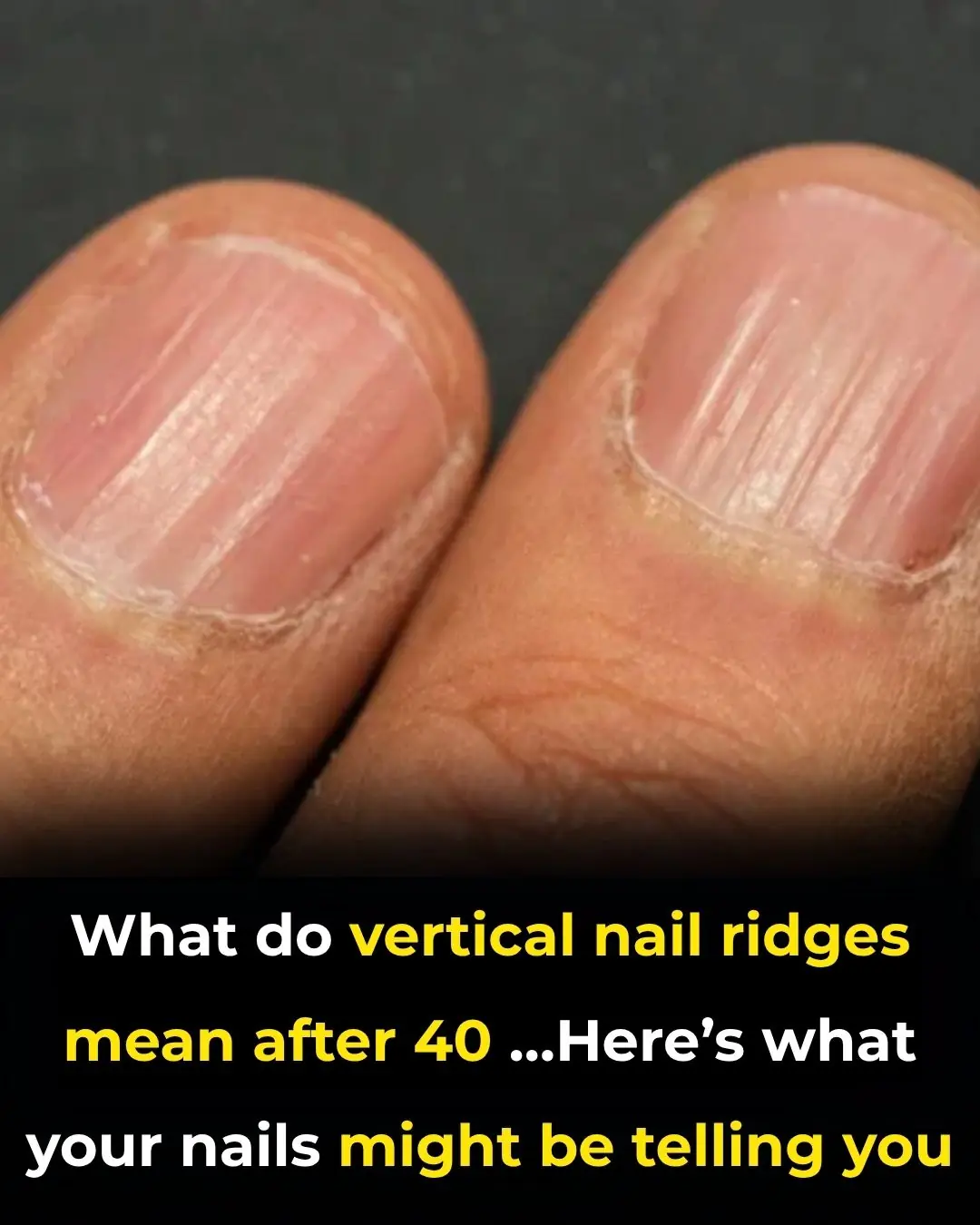
What Do Vertical Nail Ridges Mean After 40
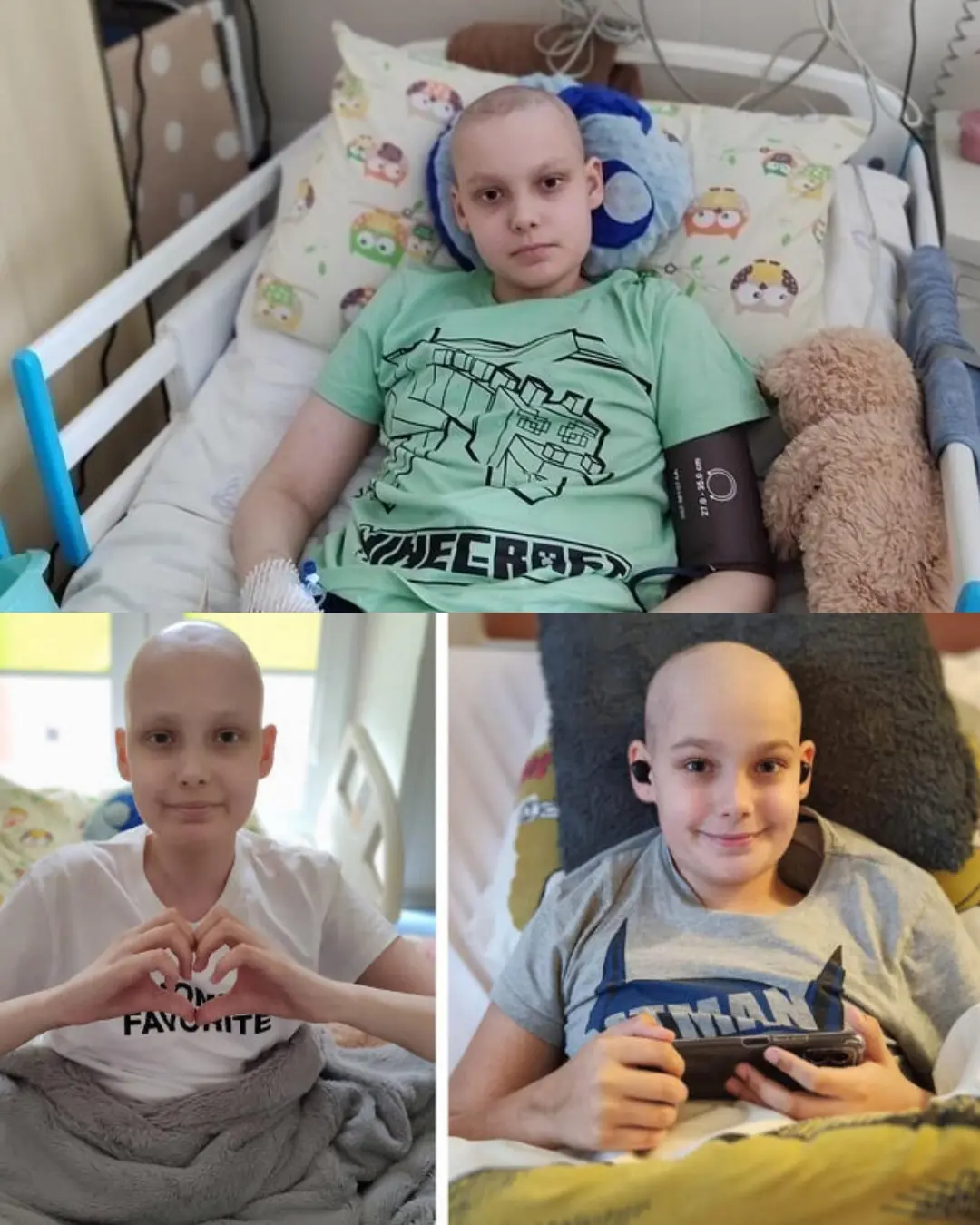
A Brave Fight for Life: Kuba’s Battle Against Ewing’s Sarcoma
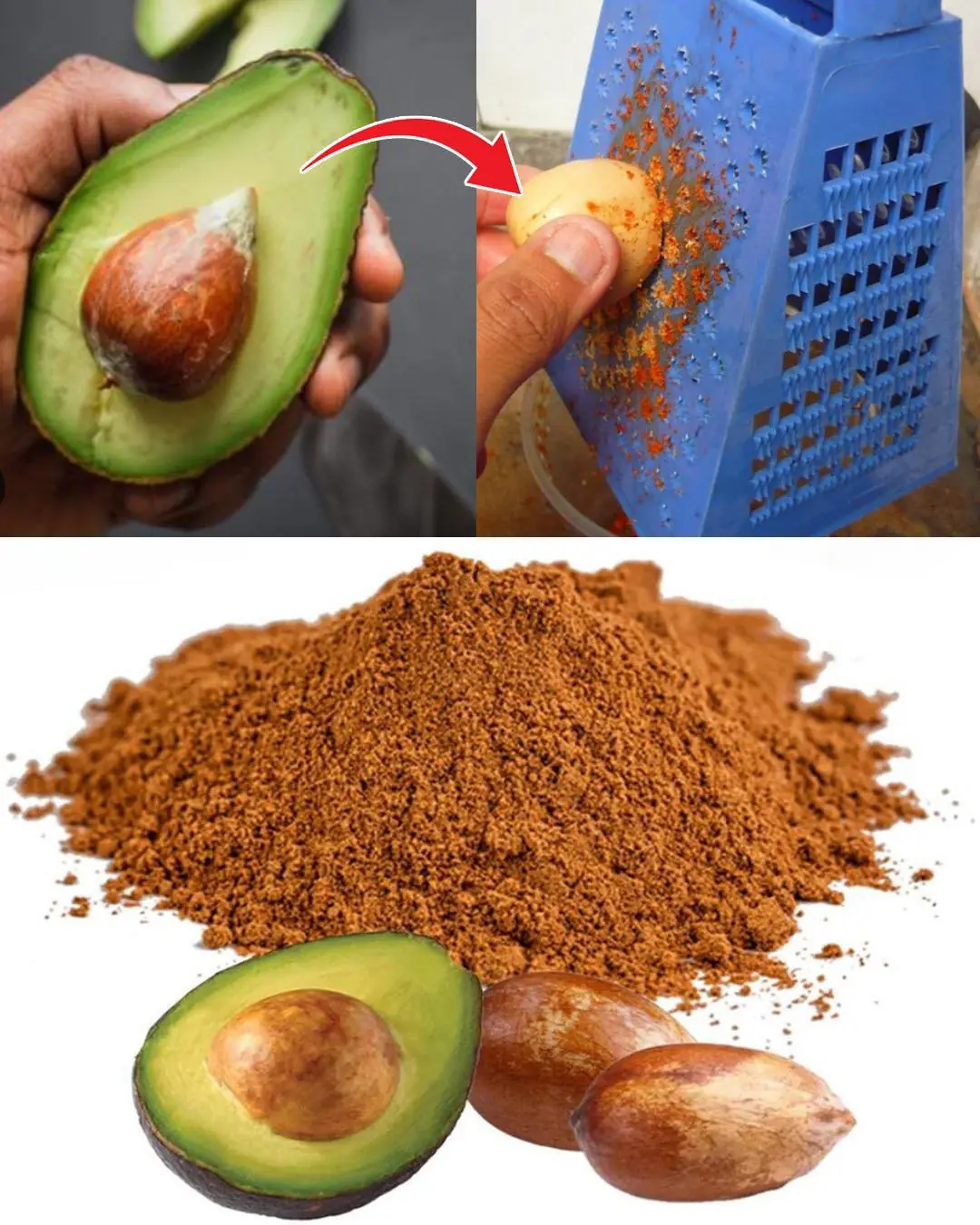
Avocado Seeds Benefits: 7 Reasons to use them

9 Signs You’re Actually Going Through Menopause (Even If You Didn’t Realize It)
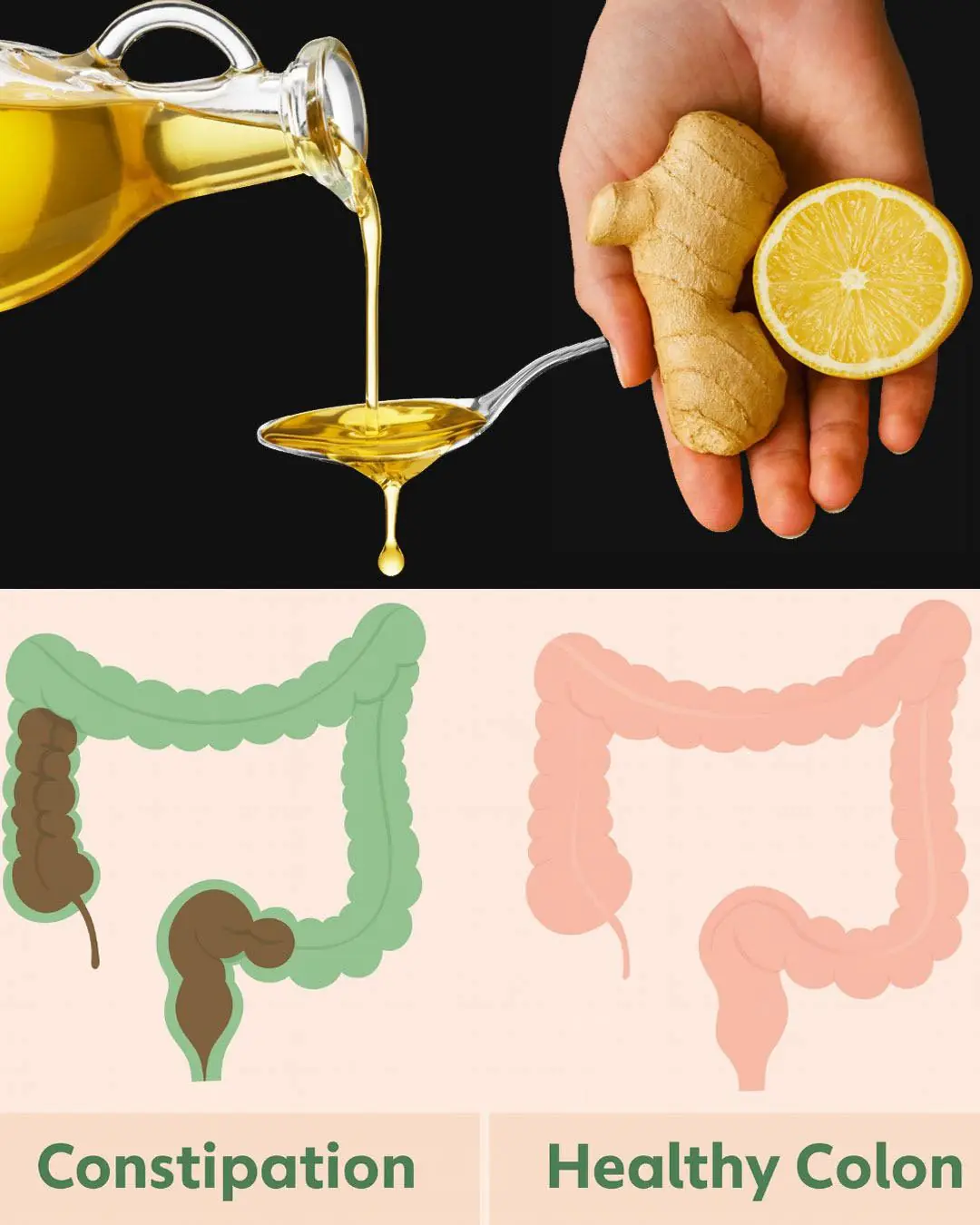
Morning Detox Elixir: Olive Oil, Lemon & Ginger – The Natural Cleanse You Need Daily
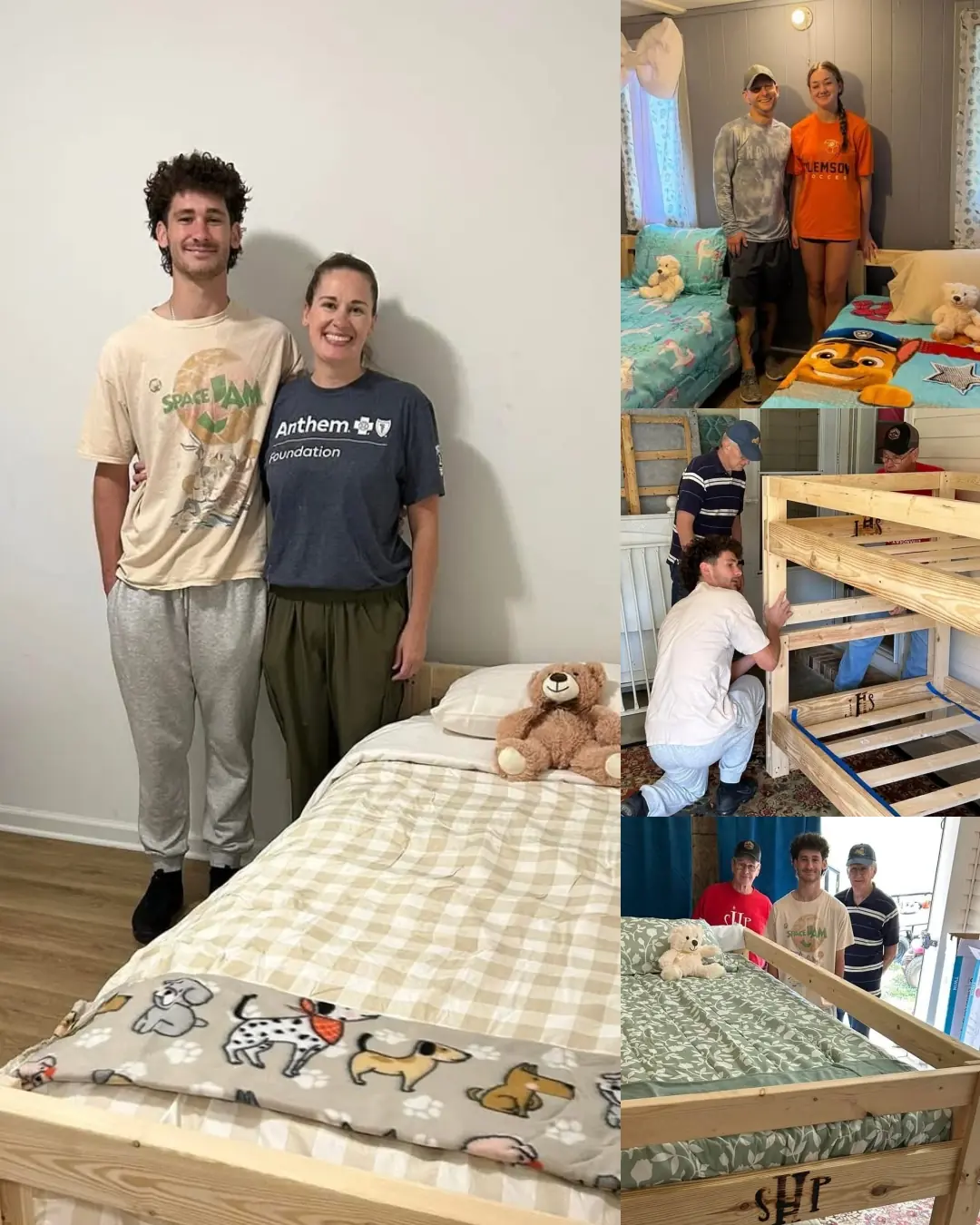
Nine Children in Dawsonville Get the Gift of a Bed, Comfort, and Peaceful Sleep
